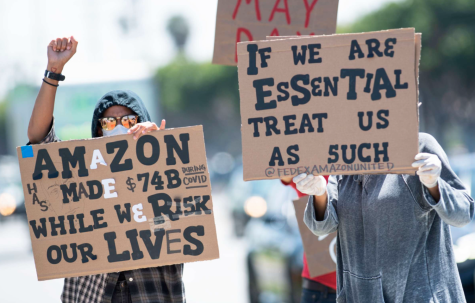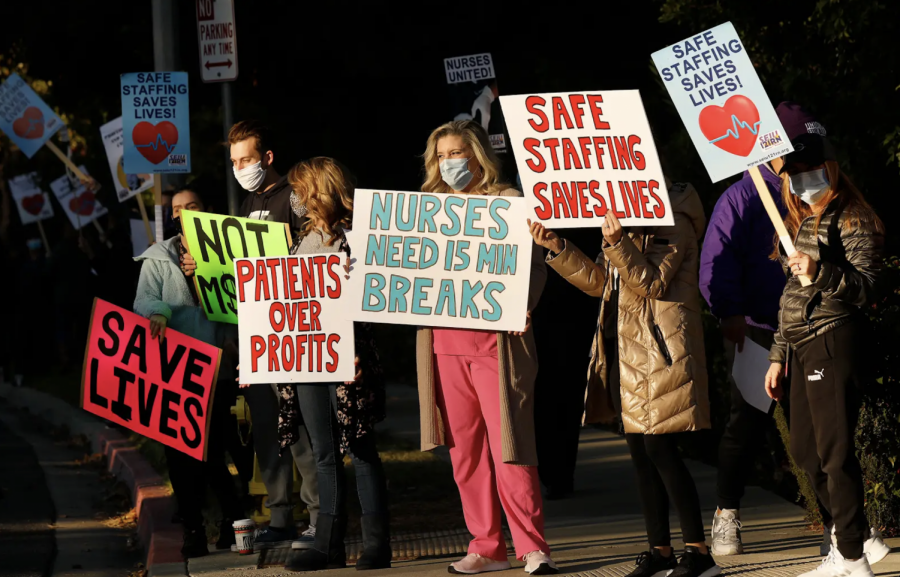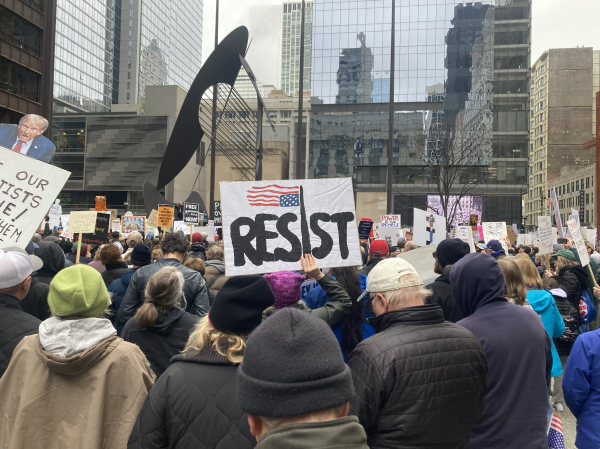A Season of Strikes
Across the country, over 100,000 workers are picking up their picket signs in what former U.S. Secretary of Labor Robert Reich calls an unofficial general strike. According to Cornell University’s Labor Action Tracker, the U.S. saw 45 strikes between 2017 and 2020. In October 2021, unions exceeded that number in just 24 days. Emboldened by growing public support and angered by corporate maltreatment, American workers took their future into their hands and onto the streets.
Since March 2020, executives at the manufacturing behemoth John Deere saw profits nearly double, but refused to increase wages. Josh Saunders, a long-time employee and strike leader, accused higher-ups of labor exploitation. He asserted that “we want our share of the pie, and if Deere wants to keep making massive amounts of money, they’re going to have to pay us! We’re not going to turn another bolt or lay another weld until they do!”
Exploitative practices aren’t unique to John Deere. American workers have not received their “share of the pie” since 1979, when neoliberal policies decreased corporate regulation while suppressing wage growth. Nurses, bakers, bus drivers, miners, whiskey-makers, and factory workers are fed up. Kellogg’s, a multinational conglomerate infamous for offshoring jobs and overworking employees, faces weeks-long strikes. 24,000 employees at the health-insurance company Kaiser plan to walk out in late October, and a last-minute deal between Hollywood producers and the International Alliance of Theatrical Stage Employees only barely prevented a potentially debilitating strike.
Journalist Maggie Mertens articulated, “fair pay is about more than just money—it’s also about the amount of power workers have to speak up and stay safe on the job.” McDonald’s employees in over ten cities nationwide plan to strike on October 26 to protest ongoing unchecked sexual assault and harrassment cases. On September 30, workers at Chicago’s El Milagro Factory rallied against sexual harassment and a lack of COVID-19 protections on September 30.

In the U.S., being “cog in a machine” is a professional prerequisite for blue-collar jobs. According to a 2015 study by RAND Education and Labor, 61 percent of Americans have jobs that are either repetitive or physically intense. These jobs often induce burnout, which the WHO recognized as an occupational health hazard even before COVID-19 ripped through the American workforce and augmented pre-existing exploitation. Burnout worsened significantly during the pandemic, particularly for retail, food service, and manufacturing industries — industries superficially lauded as “essential” by companies who underpay and overwork their employees.
Over 4.3 million workers are skipping the picket lines and simply turning in their two-weeks notice. In July 2021, 95 percent of Americans were considering quitting their jobs. Anthony Klotz, an organizational psychologist at Texas A&M University who dubbed this phenomenon “The Great Resignation,” believes that a combination of existential fears, government support, and class consciousness motivated workers to reevaluate their careers during the pandemic. Social movements that challenge status-quo class dynamics can feel destabilizing, but writer Derek Thompson wrote for the Atlantic that mass resignations actually demonstrate optimism and often usher in new waves of economic growth. After all, strikes have already generated tangible gains. The Bureau of Labor Statistics found that median wages are growing at their fastest rate since the Great Recession.
Workers still face an uphill battle, but they are prepared to keep fighting. If the U.S. wants to promote financial recovery and create a happier, more prosperous country, it must recognize that fight.








util is trutil 123 • Nov 18, 2021 at 7:33 pm
This is going to lead to hypersonic annihilation
Jullian • Oct 27, 2021 at 12:08 pm
Great article. I’m confident that all will be well, that exploitation shall cease, when workers fight for and achieve higher wages and better conditions.